We are living in an age of speed and functionality, of infinite hybridisations, in which man, augmented by new technological powers, has staked dangerously on games of rewriting history, transforming nature into an available resource, altering space, time and identity. Alienated by the regime of the “fast” (fast-food, fast-self, fast-art), estranged from truth and history, isolated from the world, from the human and non-human other, we are faced with a last chance to turn towards a truth of nature, of things, of technology that cannot be reduced to mere correctness and that includes the relations of all of these with one’s own body. The posthumanist reconsideration of the non-human asks us to look carefully around us, at insects, microorganisms and electronic circuits from which we can derive new tactics of communication and collaboration, new ways of being: together, in relation to one another.
In this context, the kinema ikon group based in Arad, a group with an interdisciplinary and transmedia tradition that recently celebrated 50 years of artistic activity in the field of experimental film and new media art, set out to build kimaera, a biotechnological organism, an interactive meta-installation with multiple authors that digitally connected nine modules, combining new and old media. In terms of the framework of the ideas, the collaborative project combined the phenomenological interpretation of the world as a network of connections, of references, with the new Internet of Things (IoT) philosophy.
Inspired by an attempt in 2002 of group leader Călin Man to digitally interconnect the works of several artists within the alteridem.exe project, kimaera is an example of a transmedial, fluid project, impossible to pin down on a time axis. Among the objects are important relics such as the “sacred” mouse used in the installation with which the group represented Romania at the Venice Biennale in 2003 and nine perfectly round clocks, each framed by an LED halo. On each of the clocks runs only the second hand, indicating a circular time of eternal return, impossible to measure, impossible to transform into linear time. The circularity of time, the impossibility of the future in today’s post-capitalist society (Mark Fisher) is also suggested by the coexistence of modern languages with Latin, a dead language, or by the coexistence of styles: images made of alphanumeric digits (ASCII) typical of the 1990s, TVs with antennae and static typical of the 1970s and 1980s, divinatory installations with animal skulls that send us back to pre-Christian times, VR images that take us back to the metaverse.
We also note that the kimaera installation has gone through successive phases, acquiring from 2022 onwards new works, new organs, new thing-agents. The final list of artists who exhibited in 2023 in Arad, in the context of the European Capital of Culture, but also in Bucharest at the Technical Museum (at the invitation of Lea Rasovszky, Mihaela Cîrjan and Gia Țidorescu) or in Linz, within the prestigious Ars Electronica Festival, brings together four key actors of kinema ikon: Călin Man, Bogdanator, gH, Alex Halka, and guests from Bucharest and Cluj: Floriama Cândea, Suzana Dan, Dragoș Dogioiu, Marina Oprea, Ioana Marșic, Adrian Ganea, Flaviu Rogojan, Thea Lazăr. The programming of the modules was done by Mihai Sava while Ilie Ciotir was the green screen app programmer.
This time the nine modules communicate exactly as Călin Man envisioned. They interact with the audience but at the same time send messages to each other via the central server, which acts as a brain, influencing each other instantly and somewhat unpredictably, like the organs of a living body. Taking the specific case of Bogdanator’s module, a furry animal with Cyan eyes in which fluffy clouds are floating, the speed of these clouds can vary depending on the proximity of a spectator but also depending on the messages sent by other modules, for example gH’s black cranium, which can be triggered by the movement of insects and so on… It thus becomes impossible to trace any causal chain, which is a tad frightening but also rather beautiful. One could say that in this sense, kimaera digitally recontextualizes the ambiguity of the organic, the difficulty of controlling or placing a particular pleasure or pain in the body with precision, while bringing into question concepts such as Merleau-Ponty’s chiasmus: who touches and who is touched when one hand caresses another?
In short, the biotechnological organism consists of a digital eye on whose retina the image is reduced to shades of grey and discrete areas constructed from alphanumeric ASCII code (Călin Man’s module, kalimaera), a furry monster whose orange body hangs from the ceiling with its fur ruffling in the path of a fan as its head, exposed on a small pedestal, opens two eyes through which we glimpse a clear sky with fluffy clouds (Bogdanator’s module, Befall everything else matters), an aquarium inhabited by insects and a black cranium initiating a dionysian ritual translated into lights and thaumaturgical words (gH’s module, 0r4c13_th{3,33333. ..}_s33r), an eye that seems to swallow the world, and which, like the eye of Sauron, sees everything and controls everything it sees, thereby stealing the viewer’s image (Alex Halka’s module, Nod), a series of transparent glass spheres housing hybrid plants – white leaves with fine silicon veins and compact, black flowers – that can be activated by the viewer’s heartbeat (Floriama Cândea’s module, Somatizing Object), an oracle that transmits messages of divination in Morse code through the LED eyes of a choir of buffaloes and goats (Suzana Dan’s module, Time Flies), a VR installation in which the viewer is immersed at the bottom of a coral sea at the end of the world (Dragoș Dogioiu’s module, Sea of no Tomorrow), a series of translucent resin organs emitting visceral sounds and throbbing in search of a body (Marina Oprea and Ioana Marșic’s module, Enthralling Entrails) and, last but not least, an old television whose antenna rotates in space and time receiving revolutionary utopian messages as well as dystopian messages from endangered species of flowers (Adrian Ganea, Flaviu Rogojan, Thea Lazăr’s module, Fragmented Echoes).
The modules transmit one another images captured from the screen or the VR headset (Alex Halka, Dragoș Dogioiu), sounds emitted by the resin heart, stomach or uterus (Marina Oprea, Ioana Marșic), words generated by the black cranium in the aquarium (gH), Morse code (Suzana Dan) or ASCII (Călin Man), rhythms of movement such as the TV antenna (Adrian Ganea, Flaviu Rogojan, Thea Lazăr), the fan or the clouds (Bogdanator), rhythms of breathing such as the black lungs or the white leaves (Floriama Cândea). The leaves can thus influence the clouds, the insects in the aquarium can turn on the psychedelic lights of the cranium (gH), the portrait of a spectator abstracted in ASCII code (Călin Man) can influence the speed of the fan. Pressing a red button awakens Suzana Dan’s oracle from sleep and the bacchanalian chorus of buffalo and goats starts performing convoluted messages in Latin, subsequently encoded in Morse code and further sent to the cranium or the leaves. The stunning VR images of the sea at the end of the world, where humans have been displaced by coral (Dragoș Dogioiu), cause the translucent resin organs to transmit heartbeats or visceral sounds into the network of connections. A close look at the seabed reveals eight shapes among the corals that resemble the other eight modules. With the help of an augmented reality (AR) application developed in collaboration with the Austrian collective DARV, kimaera MNMNTS, a hybrid digital creature that virtually unites the nine modules becomes visible on smartphone screens in the urban landscape of Arad, Bucharest, Timișoara and Linz. All modules communicate with each other. Everything is alive, complex, unpredictable like nature itself. Everything is in motion and in relation. The image of the world itself as an interconnected network emerges.
The communication protocol relies on the hash code, an identification number associated with each digital object, whether sound, image or text. It is obtained by applying an algorithm that transforms a variable-length file into a fixed-length code (124 bits). It is interesting to note that even the slightest variation of the digital object, the modification of a single bit in its structure, the imperceptible addition of a tiny dot in an image, produces the generation of a completely new code, opening the debate towards new criteria for establishing equality and identity and, why not, towards the analysis of a new category of superhuman perception and a new machine sublime.
The important achievement of the group of artists thus remains the introduction of a small spark of chaos into the mathematically determined behaviour of the machine, a degree of indeterminacy that generally characterises the natural world. The project encounters, not only through the inclusion of Dragoș Dogioiu’s VR project based on images generated by AI, but as a general orientation, the latest discoveries in the field of artificial intelligence where new types of neural networks, whose complexity has become similar to that of the human nervous system, have taken the machine out of the area of algorithmic behaviour, of simple causal explanations and linear stories. We are in the territory where the becoming-machine of man meets the humanisation of technology. This is where symbiotic dances are performed at the level of bits and circuits and where affective spaces of immersion in the animal or botanical cosmos open up, encouraging diverse ludic hybridisations as well as the meeting of Eros with Thanatos.
The nine installations can thus be described both as nine digital instances freed from functions and determinisms as well as as eyes, brains, viscera, trying to earn the right to dream, to feel, to make mistakes, in short, to escape from the narrow territories of rationality and causal explanations. The rational animal becomes a digital animal, a kimaera composed of affects, fed by imagination. The body gladly gives up its integrity by accepting fragmentation, rearrangement, augmentation that initiates new functions, new possibilities of connection and affect. Soft tissues detach from the rigid exterior. The heart, the stomach, the uterus can thus each be cast in the role of superstar in order to animate its own performance. (Marina Oprea, Ioana Marșic). We notice that the bodiless organs as well as the corals of Dragoș Dogioiu, the virtual clouds of Bogdanator, the cyborg plants of Floriama Cândea, the LED-eyed skull of Suzana Dan, the digital cranium buzzing with insects of gH are placed at the intersection of the natural with the artificial, of the real with the virtual, escaping in this sense any old classifications and normalizations. They propose a rethinking of the world beyond genus and species, according to new categories of art (shapes, sounds, colours) and everyday life (things, technology).
We are faced with subtle exercises in the technological appropriation of movement, breathing, flow, duration. The modules of Alex Halka and Călin Man capture the viewer’s kinetic image by placing them in front of a mirror of bits, the virtual at the power of two. As the title suggests, Enthralling Entrails, Marina Oprea and Ioana Marșic’s module digitally reinterprets the beating of the heart and the throbbing of the other viscera. Using an assembly of pulse oximeters, cables and Arduino boards, Floriama Cândea’s module transforms the viewer’s heartbeat into a flow of plant-energy that enlivens the flora, making white leaves flutter and flowers breathe as lung tissue trapped in a black pleura. Dragoș Dogioiu’s VR installation immerses the viewer in a world without horizon and without time. Suzana Dan’s bacchanalian choir of buffalo and goats, Time flies, gives digital life and flow to a dead language: Qui non communicat, digitos adustos accipit, [He who doesn’t communicate, gets his fingers burnt].
Deconspiring the paradox of the impossibility of communication in today’s technologically connected world is another idea that belongs to the very core of the kimaera. Suffocated by messages, by “friends” gathered from social networks, addicted to “likes”, surveilled on the internet with dozens of filters and norms of good conduct, what do we dare to say and to whom do we speak? What is the meaning of logos in the digital world and how much truth do we transmit on the network to each other, gH seems to ask when he encodes the title of his work in leetspeak, the hackers’ encrypted alphabet, as does Suzana Dan whose oracle transmits in morse code messages in Latin that are hard to decipher even for an attentive viewer.
The solution does not seem to come from people but rather from the network as such, from the new technological rhizome of IoT, the Internet of things, in which objects, as central elements, are reconsidered beyond the rigid functionalities of the anthropocentric perspective. This new global web, linking smart devices but also biochipped animals or humans augmented by heart monitors, expands the human form in the direction of becoming-machine and simultaneously redefines the thing as an agent capable of interacting and transmitting data autonomously. In this case, technology questions our capacity to act upon the world, to transform plants and things into our own bodily extensions. Revealing the constant exchanges and negotiations between man, art and nature, it plays the role of a mediator that monitors our physiological status, endows sculpture with a living body, synchronises man and artificial nature in breathing and perception.
* This journalistic material was produced with the support of an Energie! Creative Grant awarded by the Municipality of Timișoara, through the Center for Projects, within the Power Station component of the National Cultural Program “Timișoara – European Capital of Culture in the year 2023”.
The material does not necessarily represent the position of the Center for Projects and the latter is not responsible for its content or how it may be used.
Tradus de Dragoș Dogioiu
POSTED BY
Raluca Oancea
Raluca Oancea (Nestor), member of International Association of Art Critics (AICA) and European Network for Cinema and Media Studies (NECS), is a lecturer at The National University of Arts in Buchares...
www.Dplatform.ro
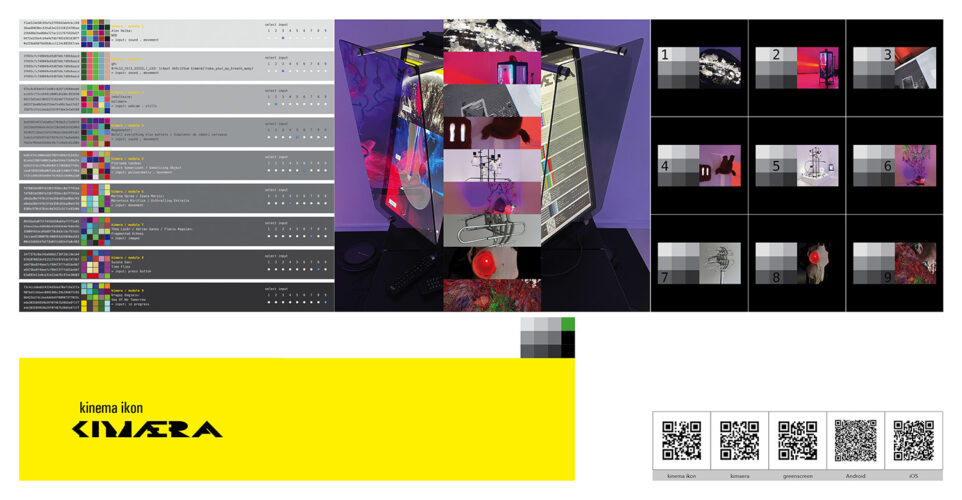
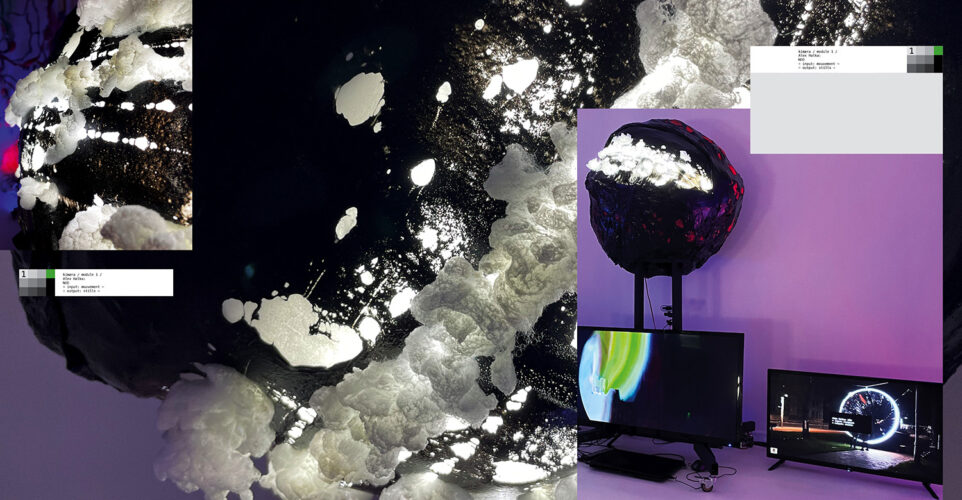
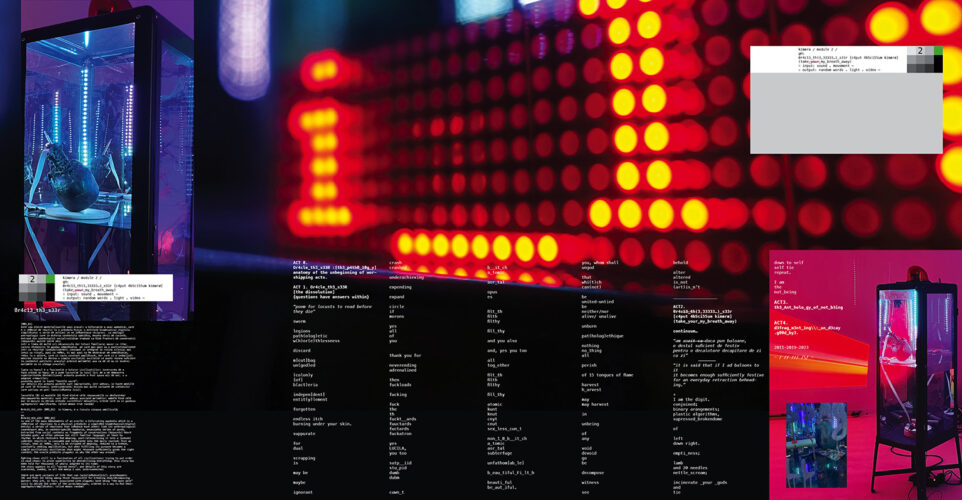
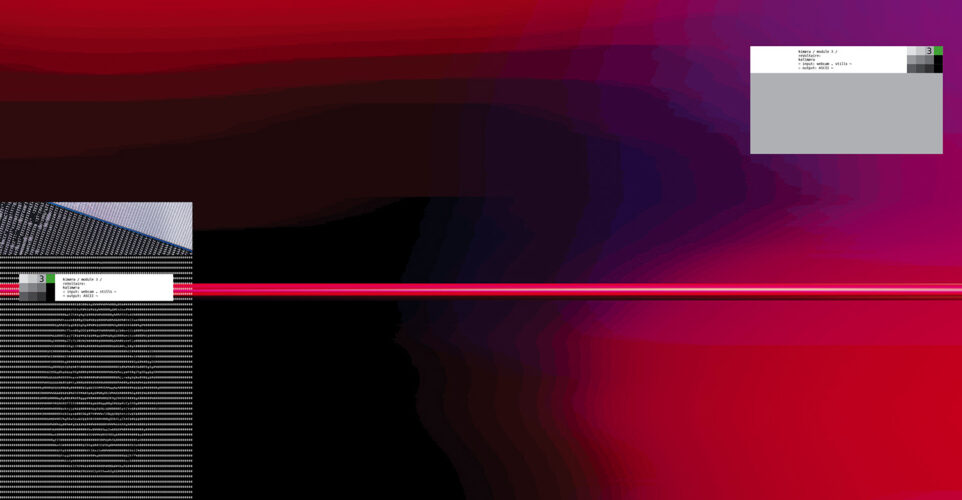
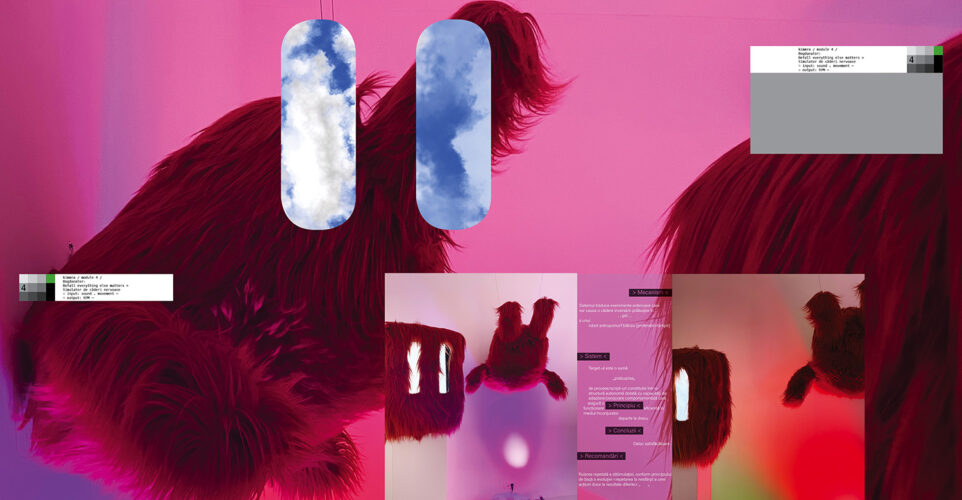

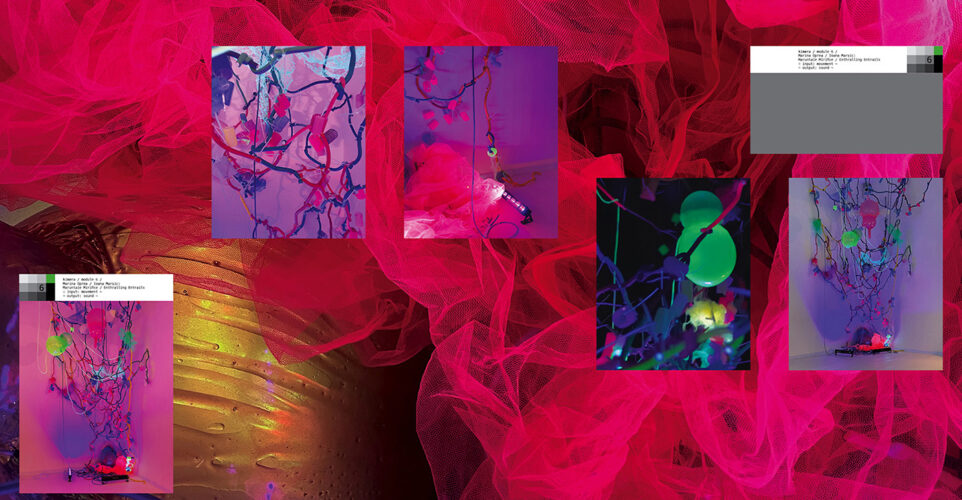
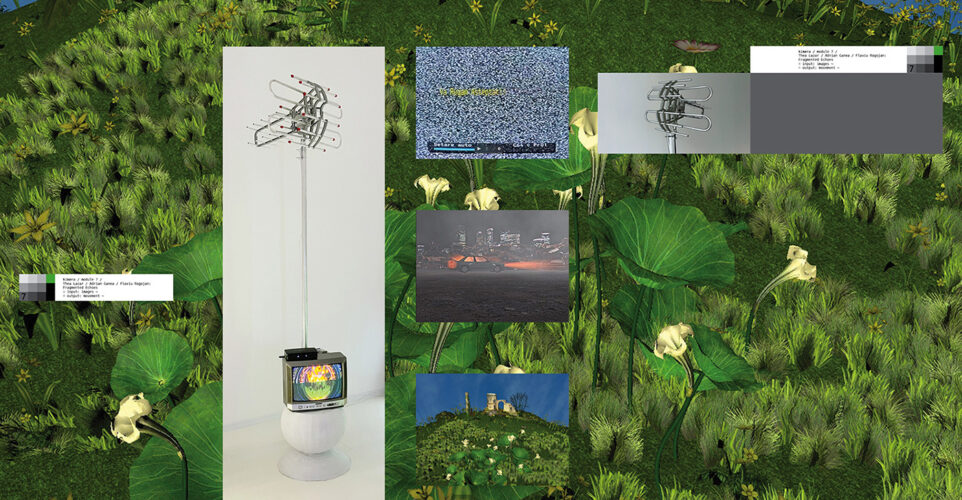

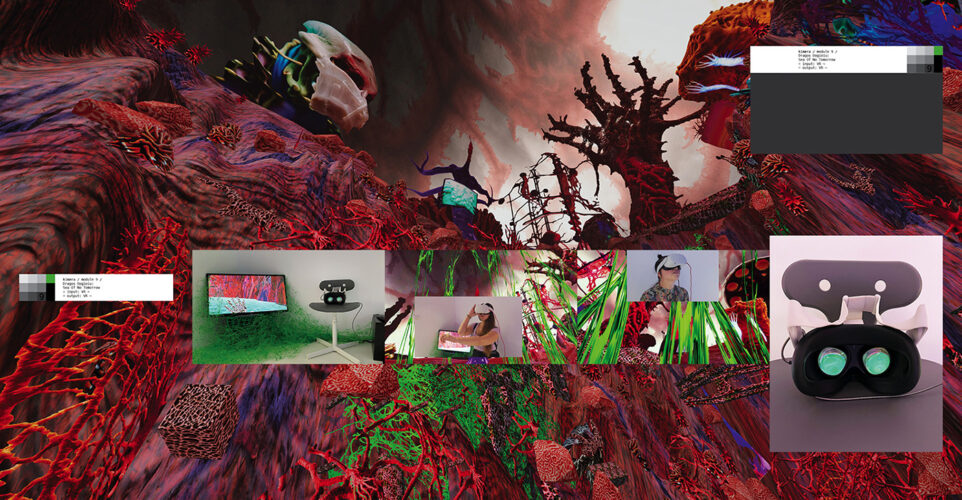
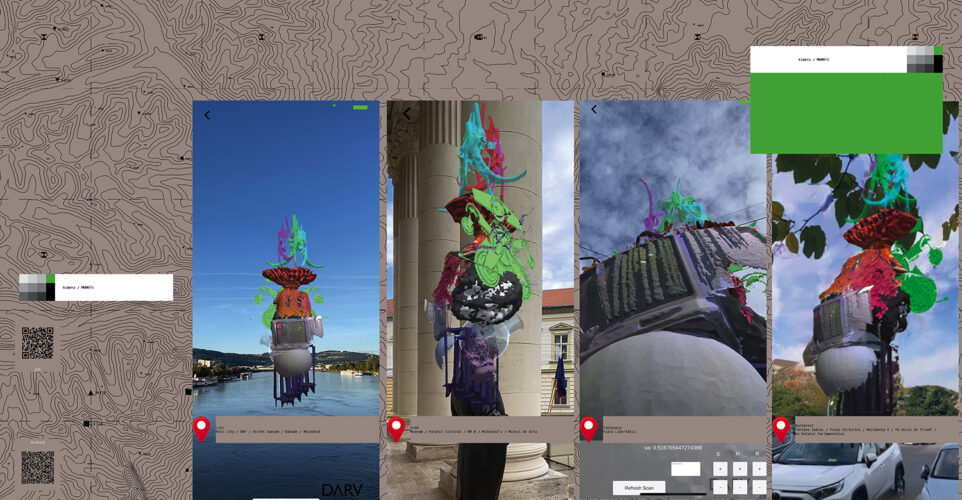

Comments are closed here.